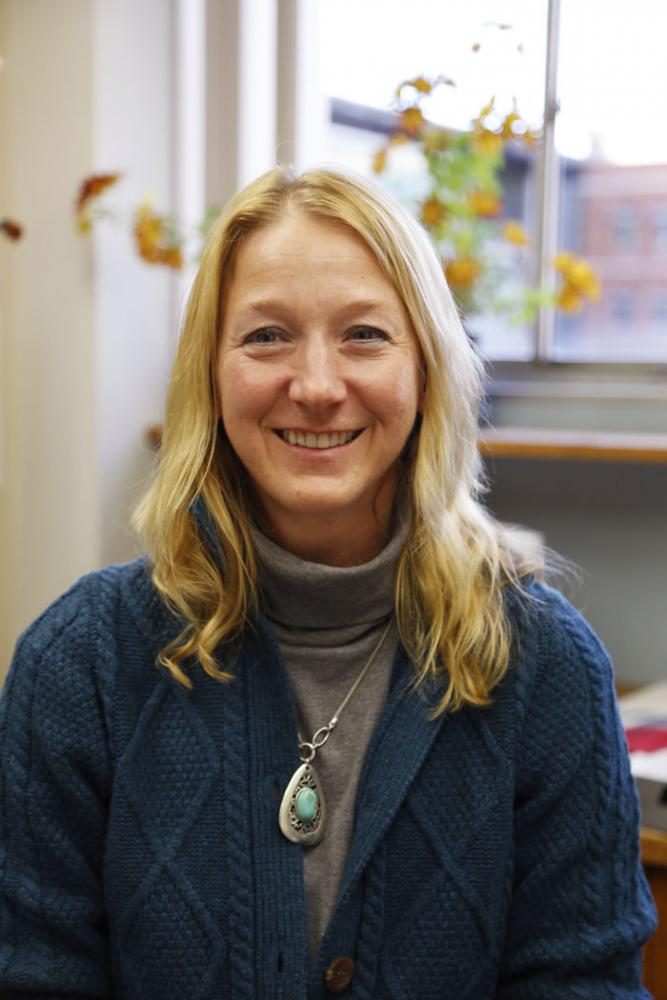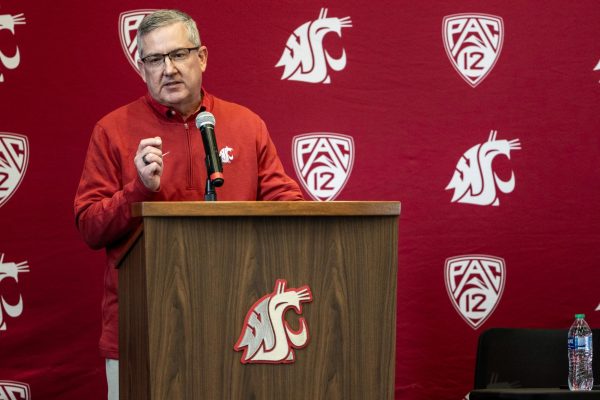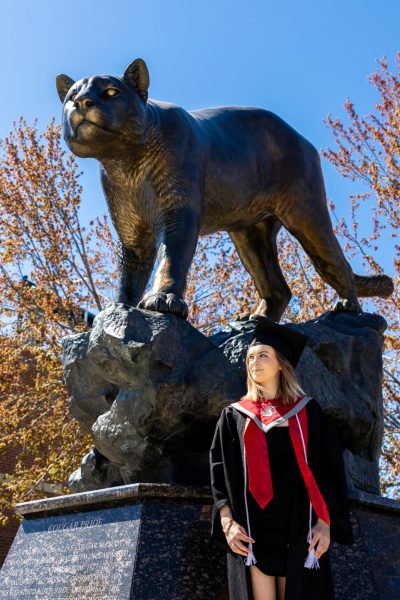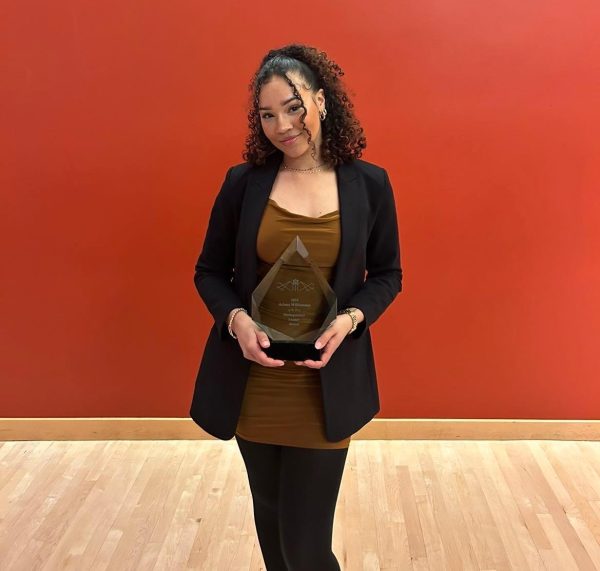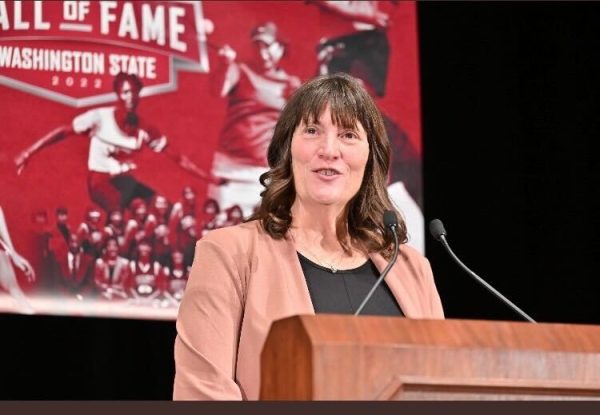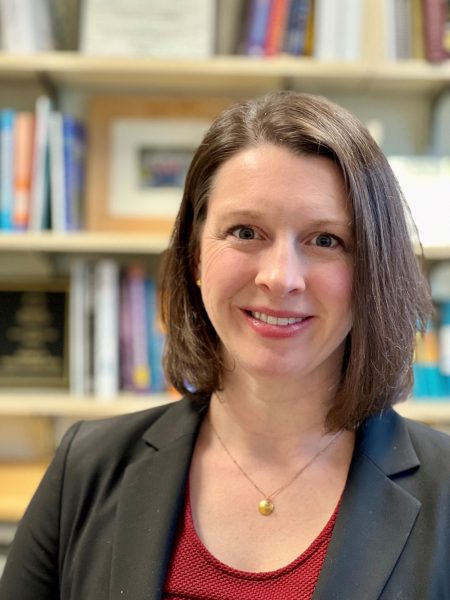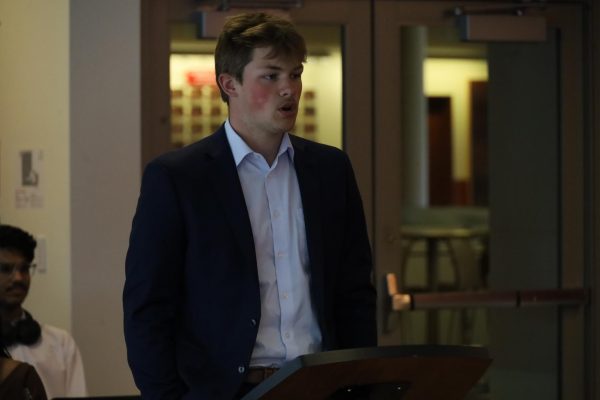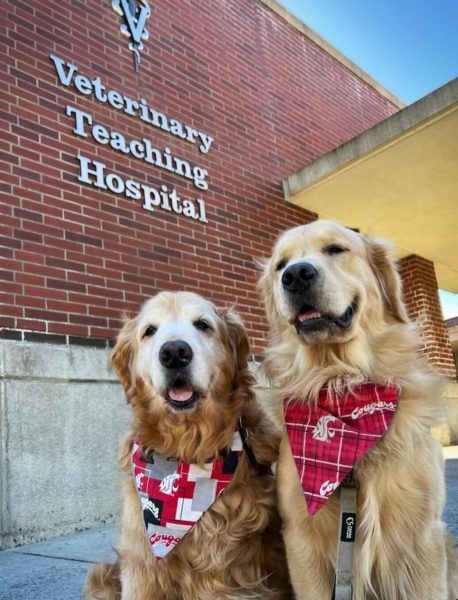Death Project Prototype to be built at WSU
November 17, 2016
Last year, in Midwestern U.S., there was a potentially large outbreak of the Avian Flu. Over 50 million domestic birds were euthanized to stop the pathogen before disaster struck. As the best biosecure way to destroy the virus, a vast majority of those bodies were composted.
Not many people are aware of mortality composting and its positive environmental impact. WSU has been livestock composting for around eight years at the university’s composting facility on the southeast side of campus.
After reading into an extension bulletin about WSU’s composting research Urban Death Project, founder and executive director Katrina Spade contacted Lynne Carpenter-Boggs, associate professor for WSU’s Department of Crop and Soil Sciences, to ask if the idea could be probable for humans.
“I think everybody that has (mortality composted) livestock has potentially thought, ‘Well this works really well, why don’t (humans) do this?” Carpenter-Boggs said. “But no one has taken it very seriously.”
The Urban Death Project is yet another potential biological and natural process in addition to Bio Urns and Green Burials. On their website it portrays the project as an “innovative new model of death care that honors both our loved ones and the planet Earth.”
Certain composting methods for livestock involves mechanical breakdown of materials. In contrast, Urban Death Project will be converting bodies into soil that will be used to fertilize gardens, through a microbial process called recomposition.
“There are definitely lots of aspects to (the project’s development), where how our cultures feel about our bodies is helping to determine what we want this process to look like,” Carpenter-Boggs said. “What we see in the Urban Death Project is a model that can be part of a living community in cities all around the world. We totally understand and are supportive of the idea that our bodies are sacred even after our lives are gone.”
The current death care industry has to deal with artificial materials that are constantly being created for the body. Pacemakers, artificial limbs and certain drug treatments must be removed before the embalming or cremation process.
Carpenter-Boggs stated that a review article is currently being written to record the concerns and questions that come along with the Urban Death Project. Though the process is not yet determined, she believes that it will be very similar to what funeral homes have to do today.
Spade said she is constantly fundraising for her research. Carpenter-Boggs said that they are currently refining the budget and plans for the building prototype that will be located on WSU’s Composting Facility.
Rick Finch, WSU Facilities Operations Waste Management manager, said that the Urban Death Project’s research is legitimate and therefore appropriate for WSU’s composting facility. He also finds Spade practical in the ways she thinks about pre- and post-composting experiences for the living.
“Being an experienced composter, I think the idea is understandable and completely feasible,” Finch said. “My personal plans for myself are more on the lines with Green Burial, however, if this process is successful, which based on our experience (composting livestock) I know it’s doable, I am not opposed to the idea of being composted myself.”
The Urban Death Project is already getting volunteers to donate their bodies to the research Carpenter-Boggs said. She hopes that successful research with the prototype at WSU will help bring the Project’s first recomposition building to Seattle within five to seven years.


